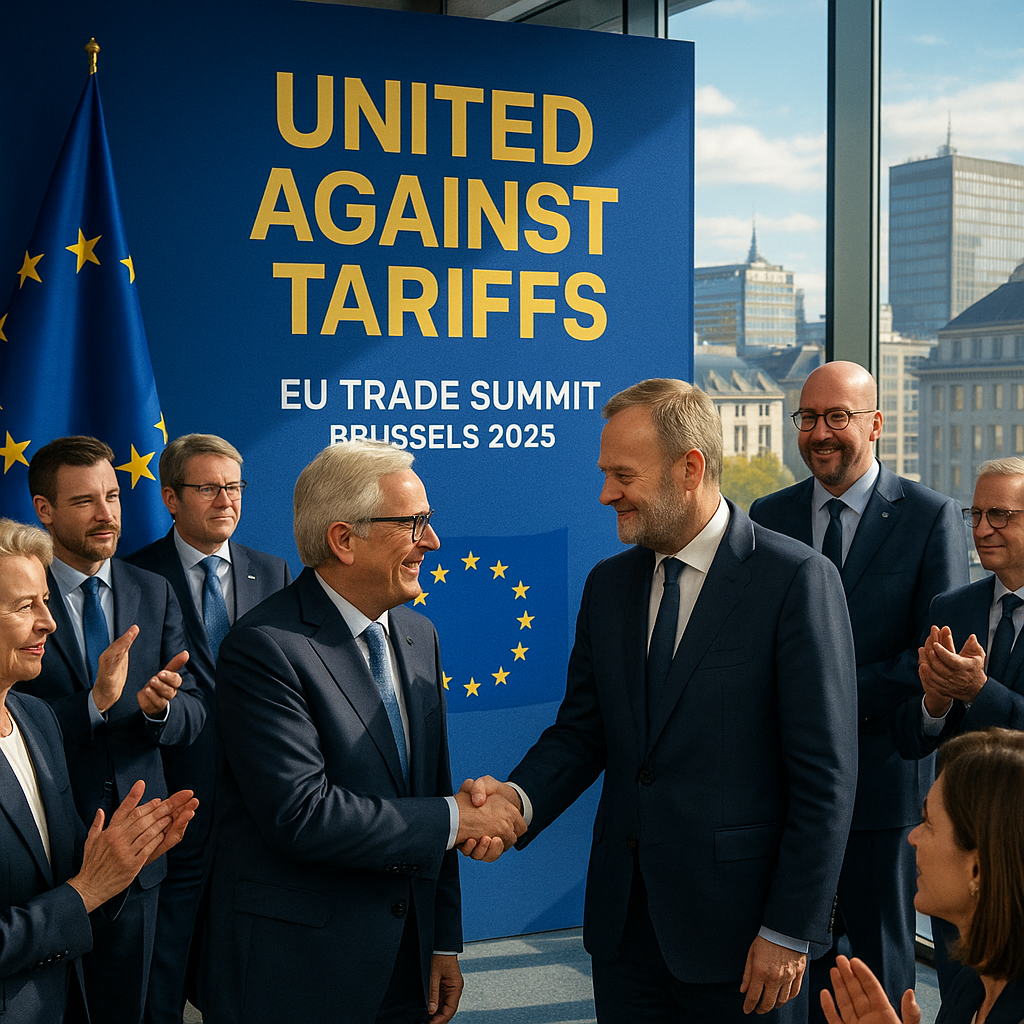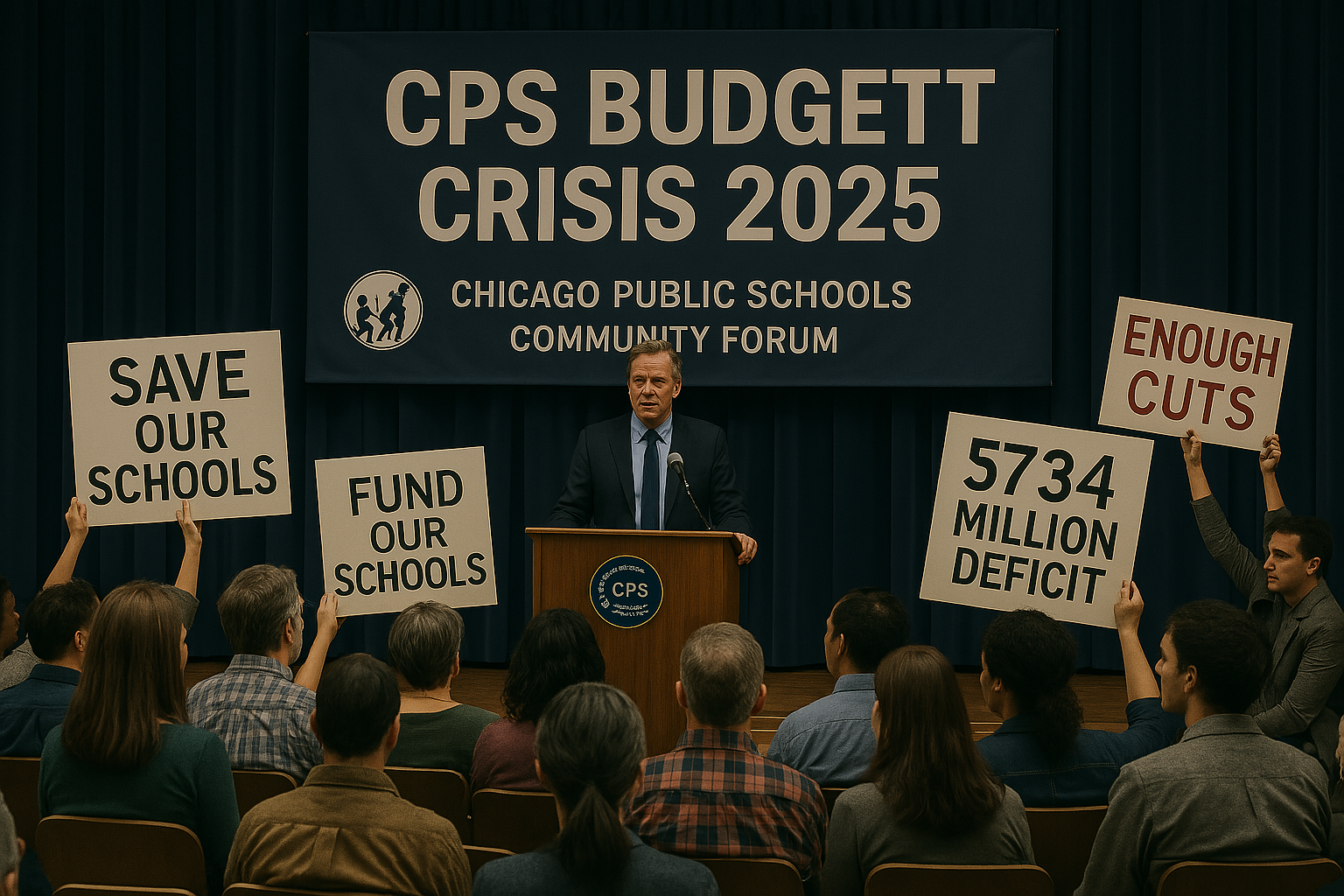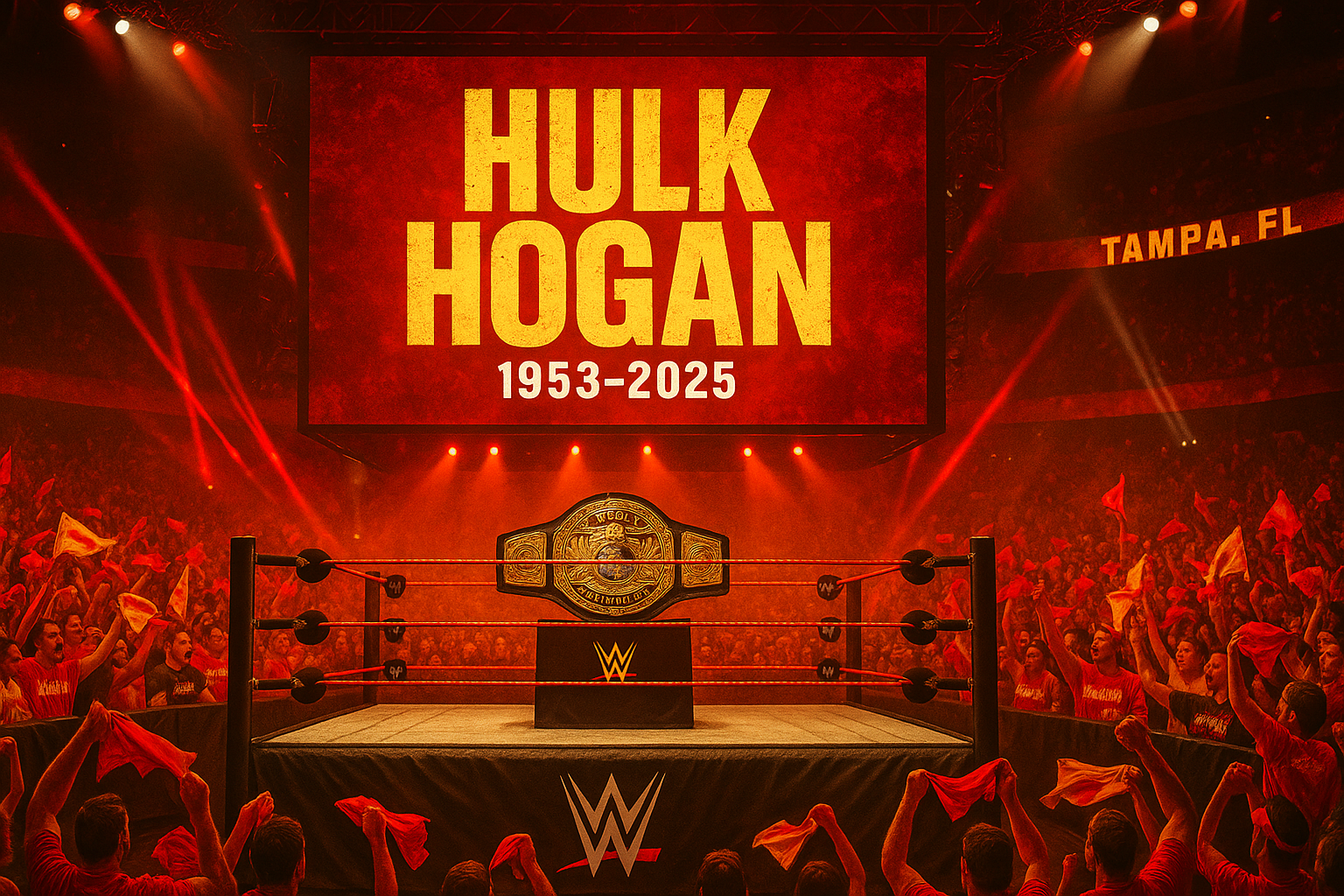Trump’s Tariffs Spark EU Unity: A New Era for European Solidarity in 2025

President Donald Trump’s aggressive tariff policies in 2025, including a threatened 30% levy on European Union (EU) goods starting August 1, are unexpectedly strengthening EU unity, as reported by The New York Times on July 21, 2025. Despite economic risks, the 27-nation bloc is rallying together, with public trust nearing a two-decade high and new trade deals signalling resilience. This article explores how Trump’s trade war is galvanising Europe, the economic and political impacts, and the challenges to sustaining this newfound solidarity, drawing on sources like Reuters and posts on X.
Background of the EU’s Response
Trump’s tariffs have pushed the EU to balance negotiation with retaliation, fostering a unified front.
Trump’s Tariff Announcements
On July 12, 2025, Trump announced a 30% tariff on EU and Mexican imports via Truth Social, escalating from earlier 10% and 20% threats, per Reuters. The move, aimed at reducing the U.S. trade deficit, targets €600 billion in EU exports to the U.S., the bloc’s largest market, per The New York Times. Trump’s demands include dropping EU tariffs and Value-Added Tax (VAT), which negotiators deem non-negotiable, per The New York Times. Talks, led by EU Trade Commissioner Maros Sefcovic, face an August 1 deadline, with Trump showing little urgency, per CNBC.
EU’s Strategic Countermeasures
The EU has prepared two retaliatory tariff lists: one targeting €21 billion in U.S. goods (e.g., bourbon, soybeans) and a second, larger list of €72 billion, including Boeing aeroplanes, per The New York Times. Ursula von der Leyen, European Commission president, delayed these tariffs to prioritise negotiations, signalling unity over escalation, per Reuters. The EU’s “anti-coercion instrument,” a 2023 tool to counter trade pressures, is under consideration to target U.S. tech and financial firms if talks fail, per The New York Times.
Historical Context of EU Challenges
The EU faced turmoil during Trump’s first term, with Brexit and a 2016 public trust low following the global financial crisis, per The New York Times. Trump’s past claims that the EU was created to “screw” America fueled tensions, per The New York Times. However, since 2016, trust has rebounded, and 2025’s tariff threats have unified even sceptical leaders like Italy’s Giorgia Meloni, who now champions a pro-Europe stance, per The New York Times.
How Tariffs Are Driving EU Unity
Trump’s policies are fostering solidarity across economic, social, and political dimensions.
Rising Public Trust
Public trust in the EU is approaching a two-decade high, with 65% of Europeans viewing the bloc favorably in a July 2025 Eurobarometer survey, up from 40% in 2016, per The New York Times. Trump’s tariffs, seen as a shared threat, have rallied citizens, with X posts like @RpsAgainstTrump noting that “tariffs create unnecessary economic disruption,” uniting Europeans against external pressure. This contrasts with earlier divisions, like Brexit, and reflects a “creeping awareness” of the need for unity, as Jörn Fleck of the Atlantic Council told The New York Times.
New Trade and Defence Partnerships
The EU is forging trade deals with Indonesia, Canada, and others to reduce reliance on the U.S., per The New York Times. A July 2025 agreement with Britain reset post-Brexit relations, while defence partnerships with Canada and Norway bolster security amid Trump’s NATO spending demands, per The New York Times. These moves, spurred by tariffs, position the EU as a global trade hub, with von der Leyen eyeing a deal with a Japan-led 11-nation trade group, per The New York Times.
Unified Leadership Response
EU leaders, from France’s Emmanuel Macron to Spain’s Pedro Sánchez, have rallied behind von der Leyen’s call for a “fair and reasonable agreement,” per CNBC. Meloni, once a Eurosceptic, emphasised Europe’s “economic and financial strength” on X, rejecting bilateral deals with the U.S., per The New York Times. This unity contrasts with fears of fragmentation post-Brexit, with EU diplomats noting a “common commercial policy” as key, per Reuters.
Economic and Political Impacts
Trump’s tariffs threaten Europe’s economy but are catalysing growth in other areas. The European Commission downgraded 2025 eurozone growth to 0.9% from 1.3%, citing tariff uncertainty, per The New York Times. Germany, the EU’s largest economy, faces a 0.5% growth reduction, with €200 billion in export losses over four years, per the German Economic Institute. Industries like German automakers (Volkswagen, BMW) and French Cognac exporters face severe hits, with 90% of Cognac exports U.S.-bound, per The New York Times.
Politically, the tariffs have bolstered EU cohesion. Macron and Sánchez’s calls for retaliation, backed by Sweden’s Ulf Kristersson, emphasise unity, per CNBC. X posts, like @AlvaApp’s, predict supply chain disruptions and a push for de-dollarisation, reflecting global trade realignment. The EU’s military spending, up 20% since 2023, aligns with Trump’s NATO demands but is framed as a collective effort, per The New York Times.
Challenges to Sustaining Unity
Maintaining EU unity faces hurdles. Budget constraints limit military and infrastructure spending, with Germany’s stimulus barely offsetting tariff impacts, per The New York Times. The anti-coercion instrument risks escalating the trade war, potentially raising consumer prices, as Joachim Klement of Panmure Liberum warned, per The New York Times. Divisions persist, with Hungary and Slovakia leaning toward Trump-friendly policies, though they’ve aligned with the EU for now, per The New York Times. X posts, like @CoinAlanCom, highlight stalled talks and fears of 30% tariffs, underscoring negotiation challenges.
The EU’s $10 trillion economy trails the U.S.’s $18.8 trillion, making U.S. market replacement difficult, per The New York Times. Negotiations are complicated by Trump’s unpredictability, with past tariff threats fluctuating from 10% to 50%, per The New York Times.
The Path Forward for Europe
The EU’s path forward hinges on balancing negotiation with strength. Von der Leyen’s team is racing to secure a deal by August 1, offering increased U.S. energy purchases, per The New York Times. If talks fail, retaliatory tariffs on €95 billion in U.S. goods could be deployed, targeting politically sensitive sectors like Republican districts, per The New York Times. Community-driven initiatives, like those in Los Angeles for urban safety, could inspire EU public engagement to sustain unity. Internal Link: Los Angeles Crowd Crush Tragedy
Long-term, the EU aims to deepen ties with non-U.S. markets like India and South Korea, per The New York Times. A proposed €50 billion EU budget for 2026 could fund economic diversification, per Reuters. By leveraging its economic power and unity, as Sánchez noted on X, the EU can navigate Trump’s trade war and emerge stronger.









